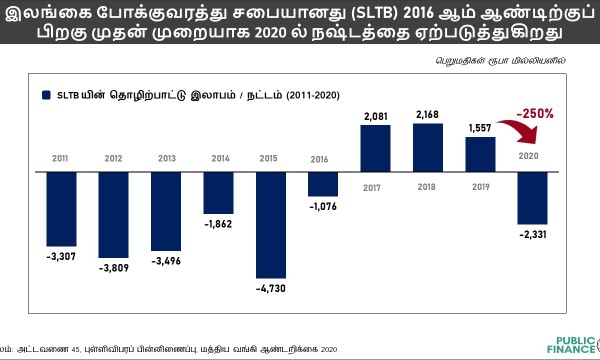வருடாந்தமாக தேர்வு செய்ய
இருந்து
செய்ய
